Hanoi affirmed that it will have a mechanism to support the transition to "green" means of transport for people living and working in low-emission areas in Ba Dinh and Hoan Kiem districts.
Recently, the Hanoi People's Council voted to pass a Resolution regulating the implementation of low-emission zones in the capital.
Accordingly, from 2025 to 2030, a pilot low-emission zone will be established in an area in Hoan Kiem and Ba Dinh districts. Hanoi will only allow vehicles that do not emit exhaust fumes and motor vehicles that use clean energy to circulate in the low-emission zone.
To do this, Hanoi will support people living and working in low-emission areas to convert fossil fuel-powered vehicles to clean energy and zero-emission vehicles.
Having shared about Hanoi's policy of restricting private vehicles, including banning motorbikes, Dr. Nguyen Xuan Thuy, an expert in urban transport, said that Hanoi and other large cities can only do this when public transport meets over 50% of people's travel needs.
Currently, this figure is only about 17 - 19% and only depends on small-scale transport such as buses. Large-scale transport according to Hanoi's planning has 10 urban railway lines, but up to now there are only 1.5 lines, so it is difficult to achieve the above target.
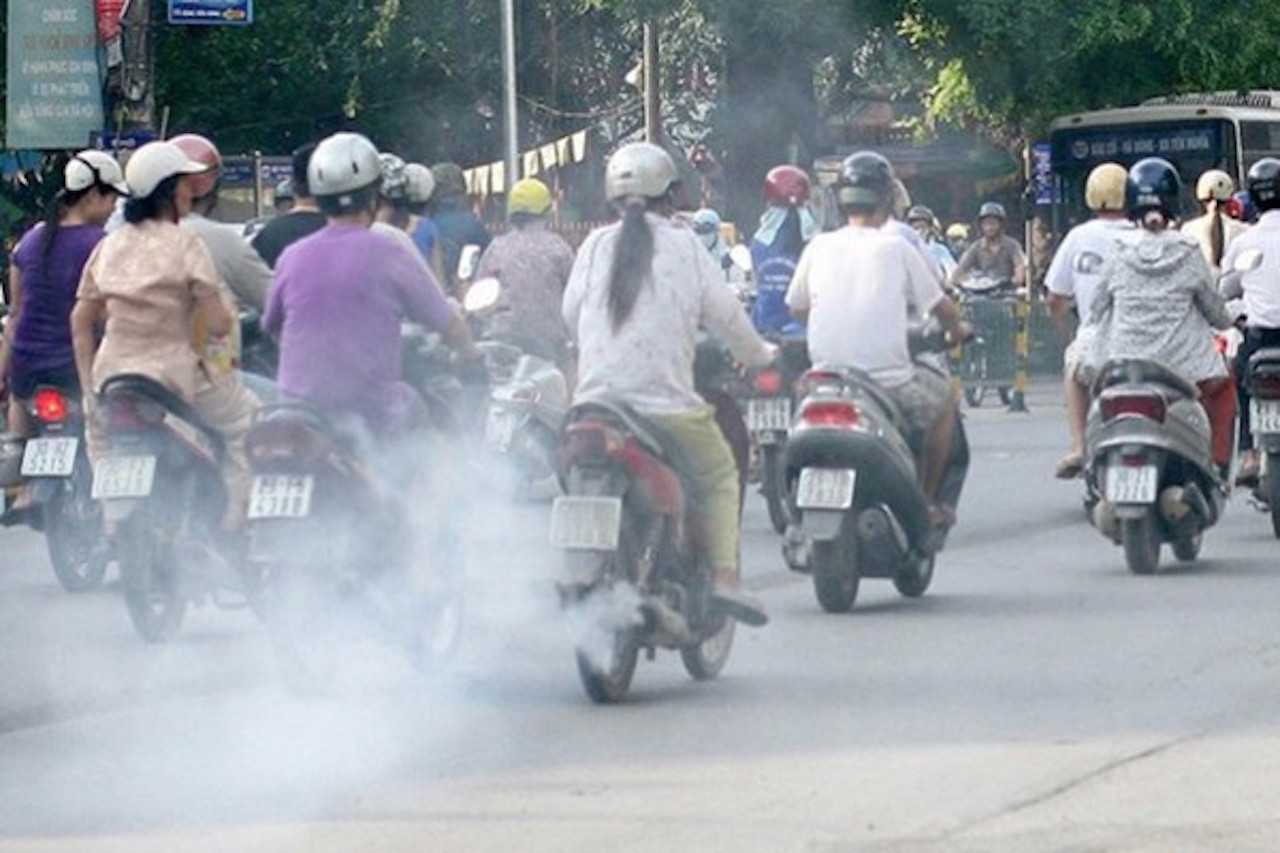
From the people's perspective, Mr. Ta Xuan Manh (Hoan Kiem district) also wondered about the feasibility of this policy.
A retired worker, Mr. Manh and his children live in a small alley on Hang Bo Street. The main source of income for his extended family comes from the porridge stall in front of the alley. In addition to helping his wife sell goods, Mr. Manh also works as a motorbike taxi driver.
He said that according to the resolution, Hanoi will support people living and working in low-emission areas to convert fossil fuel-powered vehicles to clean energy and zero-emission vehicles.
However, what people are concerned about is the financial support mechanism to switch to "green" means of transport.
“If the city only provides partial financial support, it means that people have to pay the remaining amount when changing vehicles. In the market, cheap electric motorbikes cost about 20 million VND. If supported with 5-10 million VND/vehicle, each household will have to pay an additional 10-15 million VND/vehicle.
My family has 4 motorbikes, the family will have to pay 40-60 million VND if we convert all of them to electric vehicles. This is a large amount of money, it will be very difficult for small business families like us", Mr. Manh worried.
Emphasizing that motorbikes are his family's means of livelihood, Mr. Manh explained: "My wife also has to use a motorbike to get goods every morning, my daughter-in-law also has to take her children to school, and my son works all the way in Gia Lam district. Therefore, if we have to change our means of transport, it will be a difficult problem for our family."
Acknowledging that limiting polluting vehicles is a correct policy, Mr. Manh suggested that the city should recalculate, especially the level of support for people to switch vehicles.
“For example, motorbikes that are too old and worn out must be recalled, and the government will support 50% of the value of a new vehicle. Gasoline-powered vehicles that are 10 years old or less are allowed to continue to be on the road. I think that doing so will not greatly affect people’s lives,” Mr. Manh suggested.
Source: https://vietnamnet.vn/han-che-xe-gay-o-nhiem-o-ba-dinh-hoan-kiem-can-ro-so-tien-ho-tro-dan-doi-xe-2353444.html


![[Photo] Panorama of the Opening Ceremony of the 43rd Nhan Dan Newspaper National Table Tennis Championship](https://vphoto.vietnam.vn/thumb/1200x675/vietnam/resource/IMAGE/2025/5/19/5e22950340b941309280448198bcf1d9)

![[Photo] General Secretary To Lam attends the conference to review 10 years of implementing Directive No. 05 of the Politburo and evaluate the results of implementing Regulation No. 09 of the Central Public Security Party Committee.](https://vphoto.vietnam.vn/thumb/1200x675/vietnam/resource/IMAGE/2025/5/19/2f44458c655a4403acd7929dbbfa5039)

![[Photo] President Luong Cuong presents the 40-year Party membership badge to Chief of the Office of the President Le Khanh Hai](https://vphoto.vietnam.vn/thumb/1200x675/vietnam/resource/IMAGE/2025/5/19/a22bc55dd7bf4a2ab7e3958d32282c15)
![[Photo] Close-up of Tang Long Bridge, Thu Duc City after repairing rutting](https://vphoto.vietnam.vn/thumb/1200x675/vietnam/resource/IMAGE/2025/5/19/086736d9d11f43198f5bd8d78df9bd41)


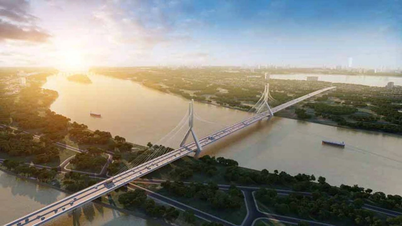







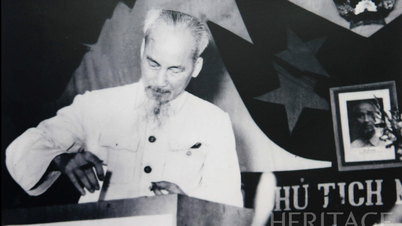


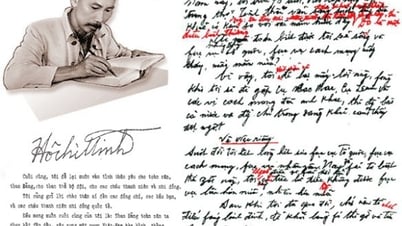
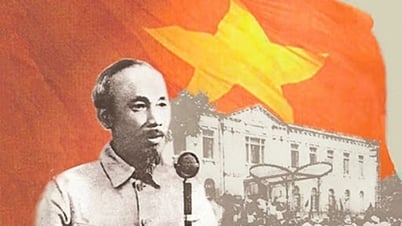


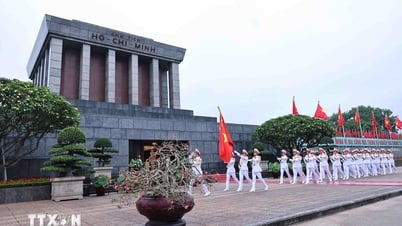








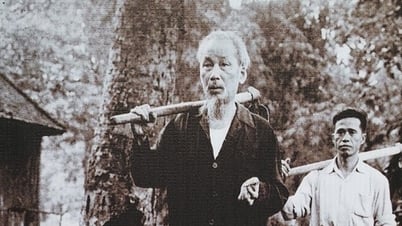


![[Photo] Prime Minister Pham Minh Chinh inspects the progress of the National Exhibition and Fair Center project](https://vphoto.vietnam.vn/thumb/1200x675/vietnam/resource/IMAGE/2025/5/19/35189ac8807140d897ad2b7d2583fbae)


























































![[VIDEO] - Enhancing the value of Quang Nam OCOP products through trade connections](https://vphoto.vietnam.vn/thumb/402x226/vietnam/resource/IMAGE/2025/5/17/5be5b5fff1f14914986fad159097a677)



Comment (0)